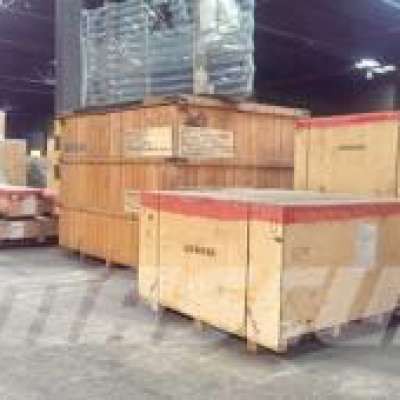Classroom Aid - Cone Nebula NGC 2264
Text http://howfarawayisit.com/wp-c....ontent/uploads/2018/
Planetary nebula, such as NGC 2371, and supernova remnants, such as SN 0509, form when stars die. In this segment of our “How far away is it” video book, we’ll cover the nebula associated with stars being born.
We begin by showing the three kinds of nebula: Reflective like the Witch Head Nebula, emission like the Rosette Nebula NGC 2237 along with a description of H II Regions, and dark nebula like the Horsehead Nebula shown in visible and infrared light.
We then begin a tour of some of the most spectacular star birth nebula across the Milky Way including: Rho Ophiuchi; the Blue Horsehead Nebula; R Coronae Australis, with its Herbig–Haro objects; T Tauri stars XZ and HL Tauri; the Iris Nebula, NGC 7023; the Great Orinon Molecular Cloud behind Minitaka, Alnilam, and Alnitak, with the Flame Nebula, the Horsehead Nebula, the Runing Man Nebula, and a deep look at the Orion Nebula with its Trapezian open star cluster; Young stellar objects V 633 & V376; S2-106; the Cone Nebula, NGC 2264 along with the Christmas Tree star cluster; the Lagoon Nebula, M8; the Trifid Nebula; the Cat’s Paw Nebula, NGC 2237; the Omega Nebula; the Eagle Nebula, with its EGGs; a deep look at the Carina Nebula, NGC 3324, with its jets, walls, dust clouds and pillars; the Heart and Soul Nebulae; Statue of Liberty Nebula; RCW 34; NGC 2467; and NGC 3603.
We conclude by adding brightest H II Regions as a key standard candle rung on our distance ladder.

 admin
admin 

















